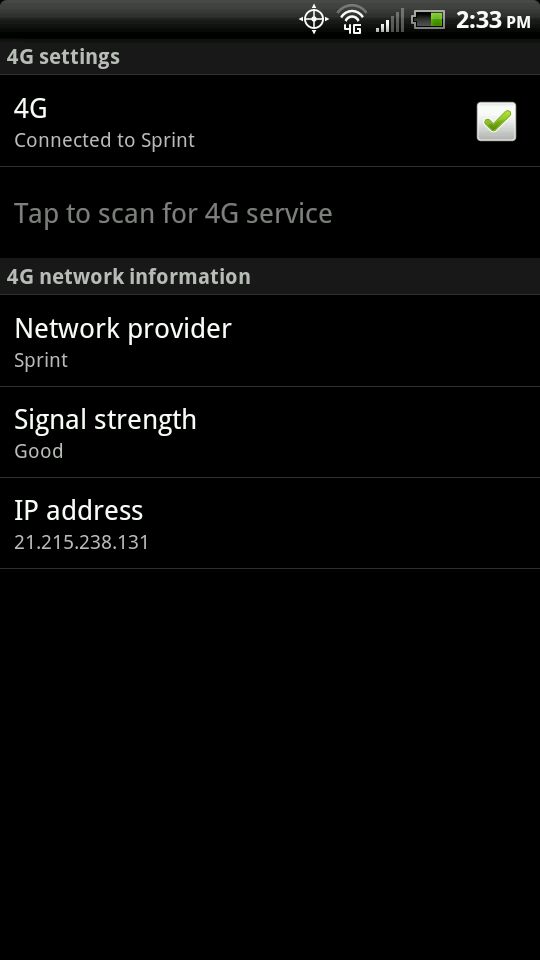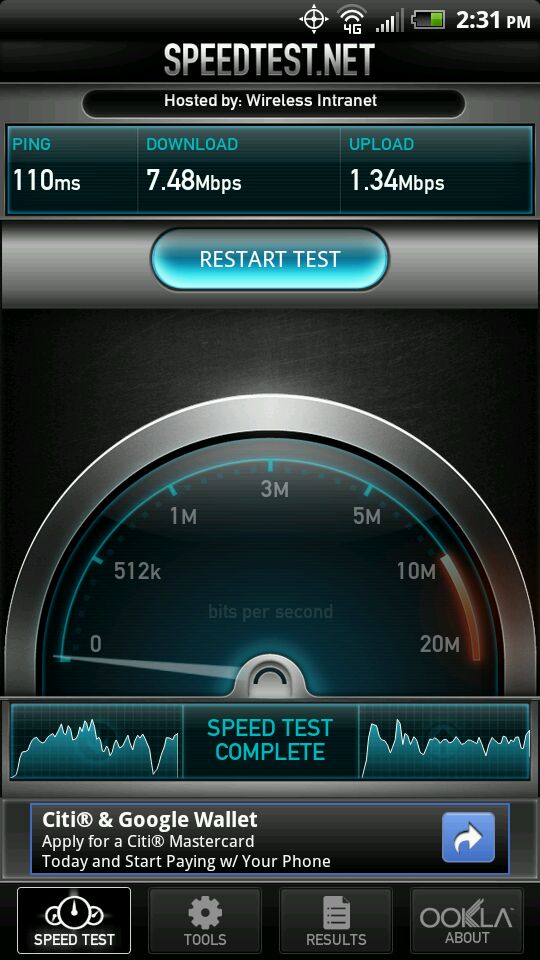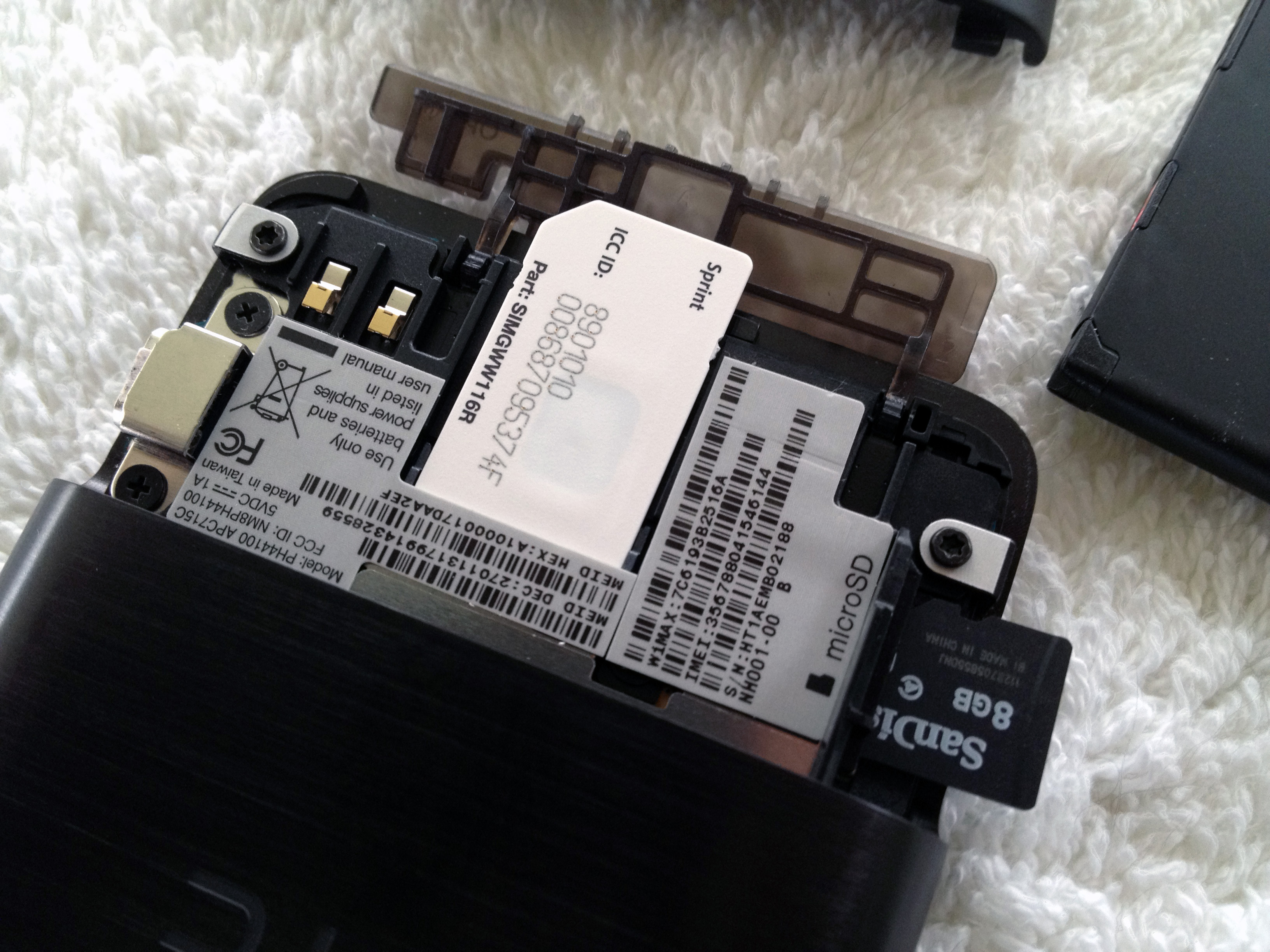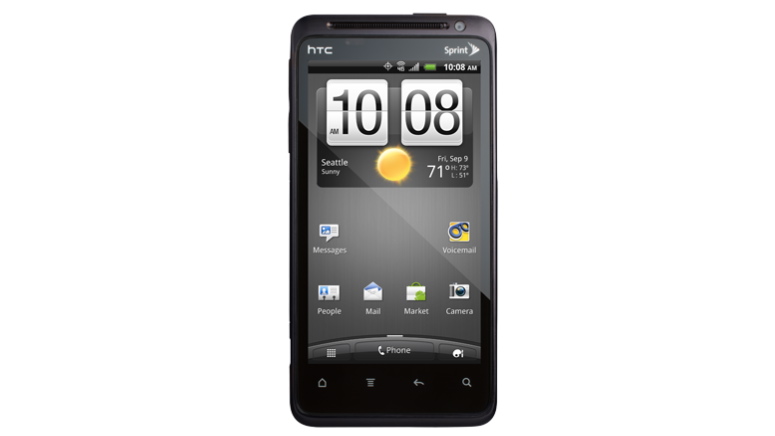Why you can trust TechRadar
While most of us think LTE or maybe HSPA+ when we hear "4G," Sprint's HTC EVO Design 4G is a different animal entirely. In this case, "4G" means WiMAX, a precursor to the aforementioned technologies which was originally intended to replace GSM and CDMA entirely.
Only a handful of WiMAX handsets have made it to market, and as this review was being written, Sprint announced that no others would be forthcoming now that the third-place U.S. carrier is shifting its focus to LTE.

So what does that leave us with? WiMAX is technically capable of up to 40Mbps with simultaneous voice and data, but the EVO Design 4G adds the ability to fall back onto Sprint's slower 3G EV-DO when necessary.
In our case, the nearest Sprint 4G service was a 45-minute drive away, so off we went in the name of WiMAX speed tests.

Unfortunately, the 4G speeds we clocked once there weren't all that impressive, with 7.48Mbps down and 1.34Mbps up outdoors – comparable to T-Mobile's far more expansive HSPA+ network than Verizon or AT&T's rapidly growing 4G LTE.
The news was even less promising with Sprint 3G, with roughly 1.27Mbps down and a poky 0.40Mbps up.
However, WiMAX is only part of the story for EVO Design 4G world travelers. Sprint and Verizon customers have historically been out of luck when it comes to using their CDMA handsets overseas, where GSM networks are predominant.

HTC and Sprint hopscotch this dilemma by building in a GSM/GPRS/EDGE antenna and including a standard SIM card capable of roaming. But with per-minute prices as high as $5.99 per minute and data billed at $0.019 per KB, the attraction wears off quickly.
Otherwise, the Design 4G is on par with other HTC Gingerbread devices, with the usual Adobe Flash-enabled web browser that defaults to SprintWeb for quick news, entertainment, sports and more.
